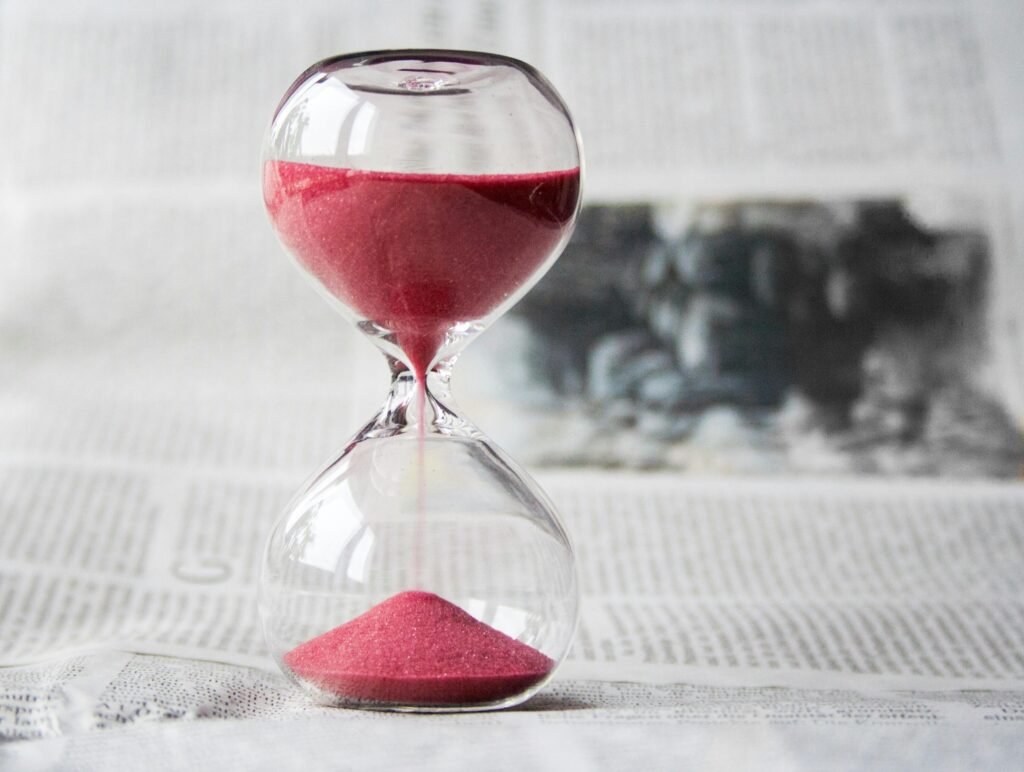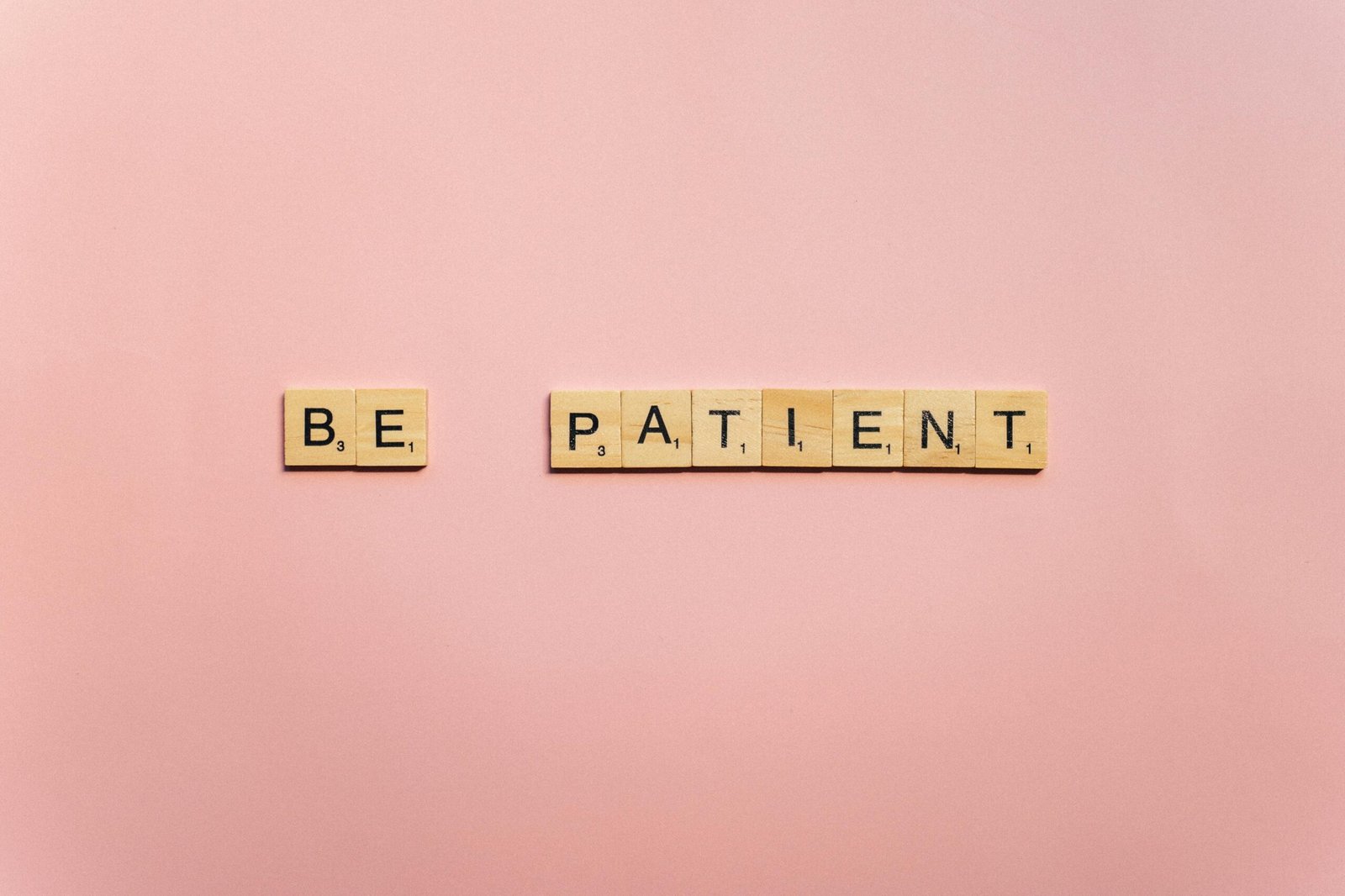In a world that moves faster with every passing day, patience has become a rare but essential quality. From instant communication to same-day deliveries, we are conditioned to expect immediate results. But real growth, fulfillment, and peace come from slowing down and embracing the process, even when it feels uncomfortable. Cultivating patience is not just about waiting; it’s about finding calm, trust, and resilience in the face of life’s inevitable delays and uncertainties.

Here’s how you can develop patience and live with greater mindfulness, awareness, and balance while using tools and techniques that fit seamlessly into your life.
1. Embrace Meditation as a Daily Practice
Meditation is one of the most effective ways to cultivate patience. It trains your mind to focus on the present moment rather than rushing toward the future. Apps like Headspace or Calm offer guided meditations specifically designed to help you build mindfulness and reduce impatience. For example, Headspace has a course on “Patience” that teaches how to stay grounded during moments of frustration.
You can start with just five minutes a day, focusing on your breath or using a body scan technique. Over time, meditation creates a sense of inner calm, allowing you to approach life’s challenges with grace and steadiness.
2. Practice Mindful Breathing in Stressful Moments
Impatience often arises in moments of stress or when things aren’t going as planned. Mindful breathing is a powerful technique to center yourself in these situations. Take a slow inhale for four counts, hold for four, and exhale for six. This calms your nervous system and shifts your focus from external circumstances to your inner state.
3. Use Gratitude Journaling to Reframe Waiting
Patience isn’t just about waiting; it’s about how you perceive the waiting. Gratitude journaling helps you shift your mindset from frustration to appreciation. Spend a few minutes each evening writing down things you are grateful for, especially in moments that required patience. For instance, “I waited in line today and used that time to reflect on my goals.” Journals like the Five Minute Journal offer structured prompts to build this habit effortlessly..
4. Read Books That Teach the Art of Patience
Books can be transformative in shaping how we approach life’s challenges. Titles like “The Power of Now” by Eckhart Tolle or “Meditations” by Marcus Aurelius delve into timeless wisdom about staying present and letting go of the need for immediate outcomes.
For a practical approach, “Atomic Habits” by James Clear explains how small, consistent actions build patience and long-term success. Both perspectives complement each other and can be integrated into your daily life.
5. Slow Down Your Routine with Intentional Actions
One way to develop patience is by incorporating intentional, slow habits into your daily routine. For example:
- Mindful Eating: Chew your food slowly and savor each bite, turning meals into moments of mindfulness.
- Slow Morning Rituals: Start your day with a calming activity like stretching, journaling, or sipping tea mindfully.
- Digital Detox Periods: Set aside technology-free blocks of time to reconnect with yourself and the present moment.
Products like tea ritual kits, aromatherapy diffusers, or yoga mats can support these habits and make them more enjoyable.
6. Leverage Patience-Building Apps and Programs
Technology doesn’t always have to be the enemy of patience—it can be a tool. Apps like Insight Timer offer free guided meditations, mindfulness practices, and even community support to help you slow down and reflect. Aura is another app that provides quick, personalized meditation sessions tailored to your mood and goals.
7. Adopt the Long-Term Perspective
Impatience often stems from focusing too much on immediate results. Reframe your goals with a long-term perspective. For example, instead of asking, “Why haven’t I achieved this yet?” shift your mindset to “What small steps can I take today to move closer to my goal?”
8. Connect with Nature to Find Perspective
Nature has its rhythm, teaching us patience through its cycles of growth and renewal. Spending time outdoors—even for a few minutes a day—reminds us that everything unfolds in its own time. Whether it’s taking a walk, gardening, or simply observing the changing seasons, nature offers a grounding perspective.
Reconnecting with the natural world fosters mindfulness and helps you reset your perspective on time and progress.
Patience is a Journey, Not a Destination
Cultivating patience is about more than enduring delays—it’s about embracing the process and trusting the journey. Through mindfulness practices, intentional habits, and the right tools, you can develop a sense of calm resilience that carries you through life’s challenges.
Remember, patience isn’t something you achieve overnight. It’s a skill honed over time, one small, mindful step at a time. As you build this quality, you’ll feel more at peace and discover the joy and growth that come with being present.



